
Whangarei: The Gateway to Northland's Hidden Treasures
Discover Whangarei, New Zealand's northernmost city, where stunning landscapes, rich Maori heritage, and thrilling outdoor adventures await every traveler.
Whangarei, the northernmost city in New Zealand, offers a blend of natural beauty and vibrant culture. Nestled between lush hills and pristine harbors, Whangarei is a paradise for nature lovers and adventure seekers alike. The city is an ideal base for exploring the stunning landscapes of the Northland region, including the famous Bay of Islands and the majestic Waipoua Forest with its ancient kauri trees. The city itself is rich in Maori heritage and boasts a variety of cultural attractions. The Whangarei Art Museum and the Claphams National Clock Museum offer unique insights into the local history and artistic endeavors. For a taste of local life, the Whangarei Growers Market is a must-visit, featuring fresh produce, artisanal goods, and lively atmospheres every Saturday morning. Outdoor enthusiasts will find plenty to do, from hiking the scenic tracks of Mount Parihaka to exploring the underwater wonders of the Poor Knights Islands, a renowned diving and snorkeling destination. The Whangarei Falls, a picturesque 26-meter waterfall, is another highlight, offering easy walking trails and picnic spots. Whether you're interested in culture, nature, or adventure, Whangarei has something to offer every traveler.
Local tips in Whangarei
- Visit the Whangarei Growers Market early in the morning to get the best selection of fresh produce and artisanal goods.
- For the best views of the city, hike up Mount Parihaka and enjoy the panoramic scenery.
- Explore the Poor Knights Islands for an unforgettable diving or snorkeling experience; booking in advance is recommended.
- Take a leisurely walk around the Town Basin, a vibrant marina area filled with cafes, galleries, and shops.
- Don't miss the Whangarei Falls for a perfect picnic spot and easy walking trails.
Whangarei: The Gateway to Northland's Hidden Treasures
Whangarei, the northernmost city in New Zealand, offers a blend of natural beauty and vibrant culture. Nestled between lush hills and pristine harbors, Whangarei is a paradise for nature lovers and adventure seekers alike. The city is an ideal base for exploring the stunning landscapes of the Northland region, including the famous Bay of Islands and the majestic Waipoua Forest with its ancient kauri trees. The city itself is rich in Maori heritage and boasts a variety of cultural attractions. The Whangarei Art Museum and the Claphams National Clock Museum offer unique insights into the local history and artistic endeavors. For a taste of local life, the Whangarei Growers Market is a must-visit, featuring fresh produce, artisanal goods, and lively atmospheres every Saturday morning. Outdoor enthusiasts will find plenty to do, from hiking the scenic tracks of Mount Parihaka to exploring the underwater wonders of the Poor Knights Islands, a renowned diving and snorkeling destination. The Whangarei Falls, a picturesque 26-meter waterfall, is another highlight, offering easy walking trails and picnic spots. Whether you're interested in culture, nature, or adventure, Whangarei has something to offer every traveler.
When is the best time to go to Whangarei?
Iconic landmarks you can’t miss
Whangarei Falls
Experience the breathtaking beauty of Whangarei Falls, a serene waterfall nestled in a lush parkland, perfect for nature lovers and adventure seekers.
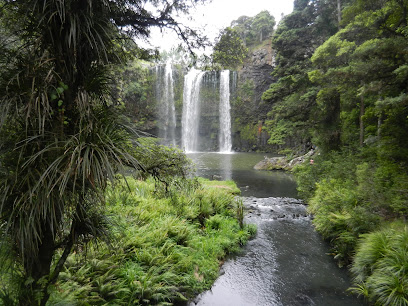
Whangarei Quarry Gardens
Explore the breathtaking beauty of Whangarei Quarry Gardens, a serene park filled with diverse flora and rich history in New Zealand.
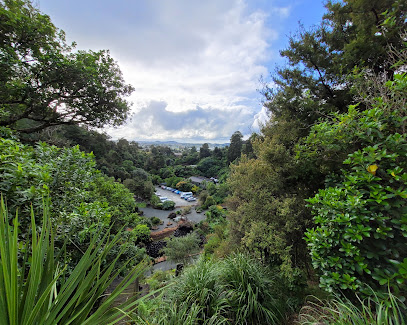
Whangarei isite Visitor Information Centre
Explore Northland with confidence from Whangarei i-SITE Visitor Information Centre, your essential guide to local attractions, activities, and experiences.
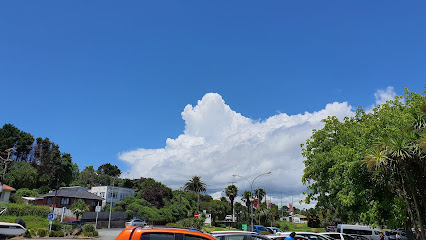
Arthurs Emporium
Explore Arthur's Emporium in Whangārei for a unique shopping experience filled with vintage treasures and local charm.
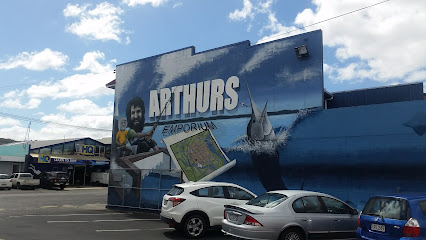
The Butter Factory
Experience the vibrant charm of The Butter Factory in Whangārei, where delicious food, refreshing drinks, and live music come together in a historic setting.

Whangarei Marina
Explore Whangarei Marina, a tranquil paradise in New Zealand's Northland, where stunning views and local culture await every visitor.
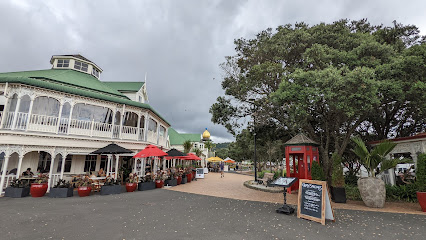
Mair Park
Explore Mair Park in Whangārei: A stunning natural retreat featuring native bush, scenic walkways, and serene riverside paths for relaxation.
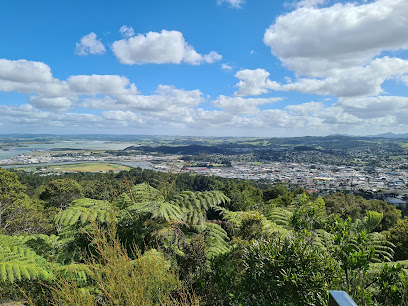
Kiwi North: Museum, Kiwi House and Heritage Park
Explore Kiwi North in Whangārei: A heritage museum, wildlife experience, and serene park showcasing New Zealand's history and natural beauty.

Hundertwasser Art Centre with Wairau Māori Art Gallery
Explore the enchanting Hundertwasser Art Centre in Whangārei, where art, nature, and Māori culture come together in a unique architectural masterpiece.
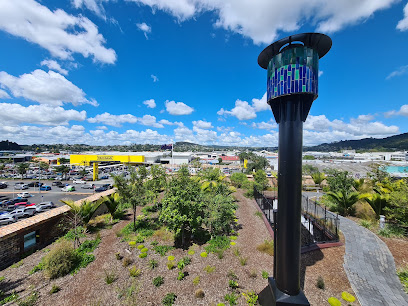
A. H. Reed Memorial Kauri Park
Discover the breathtaking beauty of A. H. Reed Memorial Kauri Park, a serene oasis of towering trees and scenic hiking trails in Whareora, New Zealand.

Tarewa Park
Explore the natural beauty of Tarewa Park in Whangārei, a perfect retreat for relaxation, picnics, and outdoor activities in New Zealand.
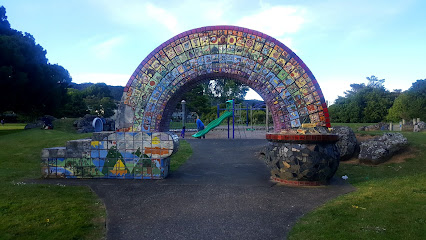
Claphams National Clock Museum
Explore Claphams National Clock Museum in Whangārei, showcasing over 1,400 exquisite timepieces and the art of clock-making in a unique setting.
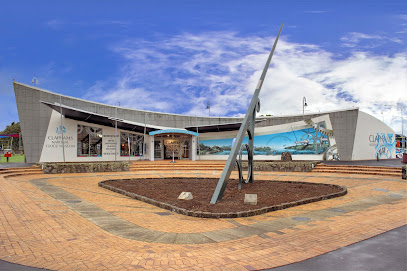
Mount Parihaka Lookout and Memorial
Discover the stunning views and rich history at Mount Parihaka Lookout, a must-visit scenic spot in Whangārei, New Zealand.
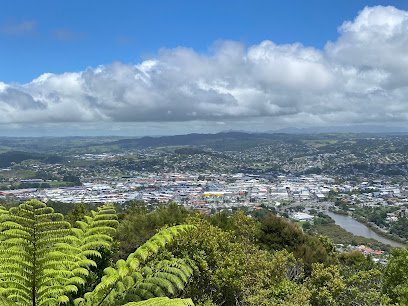
Aqua Restaurant and Bar (In the Hundertwasser Art Centre)
Discover the unique flavors of local cuisine at Aqua Restaurant and Bar, nestled in the artistic ambiance of the Hundertwasser Art Centre in Whangarei.
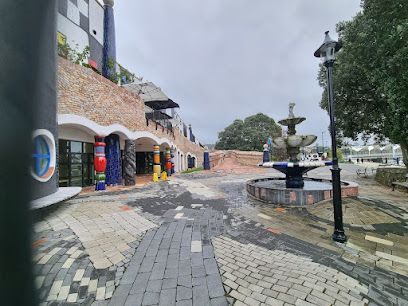
Mander Park
Explore Mander Park in Whangārei – a serene haven of greenery and tranquility perfect for families and nature lovers alike.
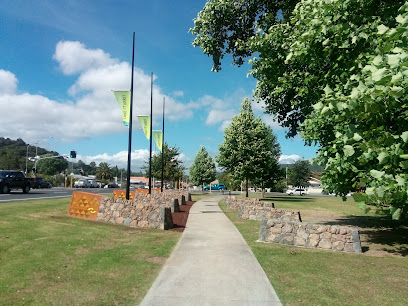
Unmissable attractions to see
Whangarei Falls
Discover the natural beauty of Whangarei Falls, a breathtaking waterfall and park that captivates nature lovers and adventurers alike in Tikipunga, New Zealand.
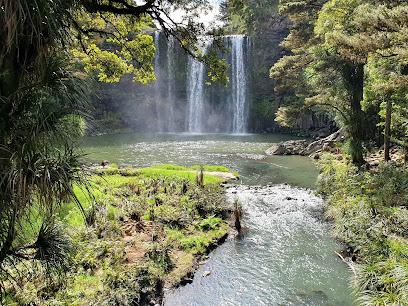
Hundertwasser Public Toilets
Experience the artistry of Friedensreich Hundertwasser at the vibrant and eco-friendly public toilets in Kawakawa, New Zealand.
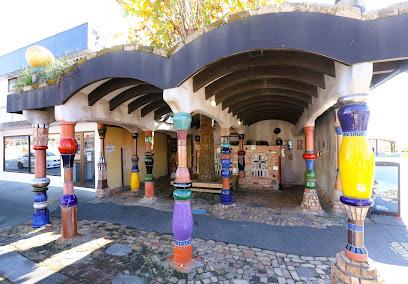
The Kauri Museum
Discover the rich history and significance of New Zealand's iconic kauri trees at the Kauri Museum in Matakohe, a must-visit tourist attraction.

Waipu Caves Scenic Reserve
Explore the enchanting Waipu Caves Scenic Reserve in New Zealand, where stunning limestone formations and magical glowworms await your discovery.
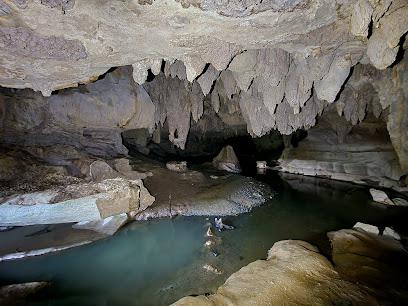
Whangarei Quarry Gardens
Experience the tranquility and beauty of Whangarei Quarry Gardens, a stunning blend of nature, history, and culture in New Zealand.
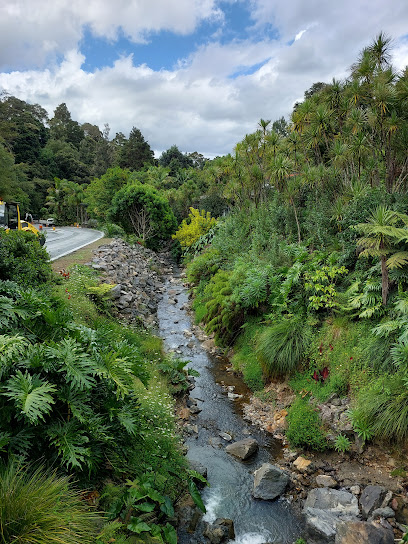
Kawiti Glowworm Caves
Experience the breathtaking bioluminescence of Kawiti Glowworm Caves in the heart of New Zealand's stunning landscapes.
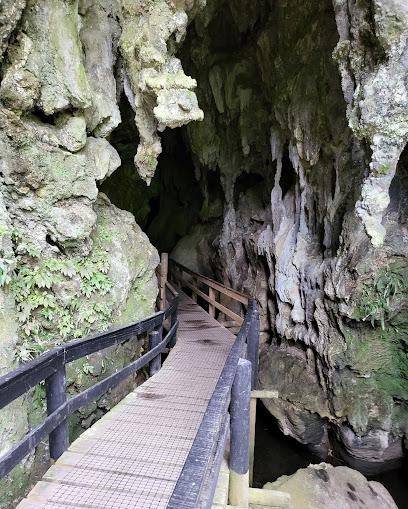
Hundertwasser Art Centre with Wairau Maori Art Gallery
Explore the vibrant Hundertwasser Art Centre in Whangārei, showcasing unique art and Māori heritage in a stunning architectural masterpiece.
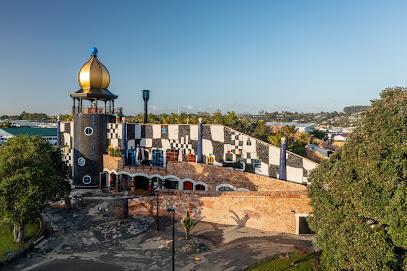
Mair Park
Experience the serene beauty of Mair Park in Whangārei, a lush paradise with native bush, scenic paths, and abundant wildlife.
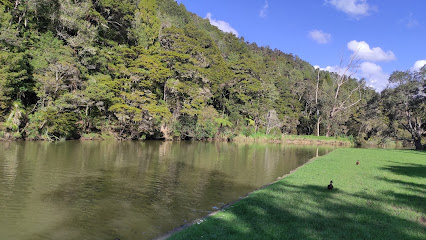
Kiwi North: Museum, Kiwi House and Heritage Park
Experience the charm of Kiwi North: a delightful heritage park, museum, and kiwi house in Whangārei, showcasing New Zealand's unique wildlife and culture.
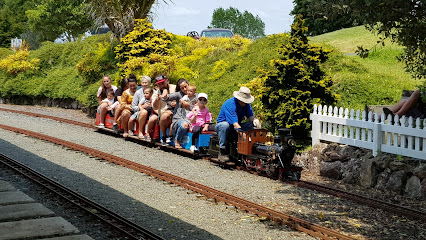
A. H. Reed Memorial Kauri Park
Discover the enchanting A. H. Reed Memorial Kauri Park, a natural wonder in Whareora showcasing majestic kauri trees and scenic hiking trails.
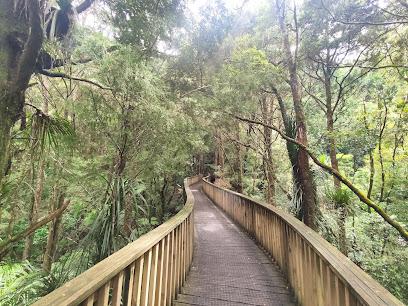
Mount Parihaka Lookout and Memorial
Discover the stunning vistas and rich cultural heritage at Mount Parihaka Lookout, a must-see scenic spot in Whangārei, New Zealand.
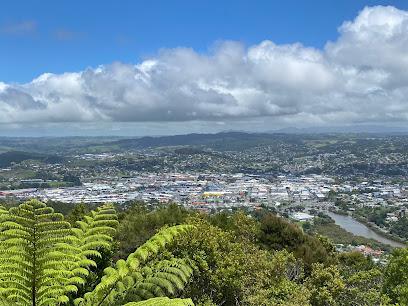
Claphams National Clock Museum
Explore the largest collection of timepieces in the Southern Hemisphere at Claphams National Clock Museum, Whangārei's captivating tourist attraction.
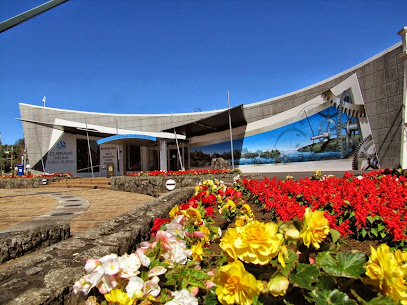
Hihiaua Park
Discover tranquility and cultural heritage at Hihiaua Park, a lush urban oasis in Whangārei, New Zealand, perfect for relaxation and exploration.
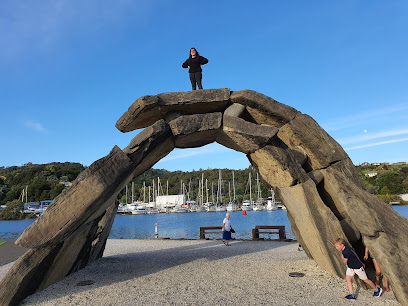
The Quarry Arts Centre
Discover creativity and culture at The Quarry Arts Centre in Vinetown, a vibrant hub for art enthusiasts and casual visitors alike.
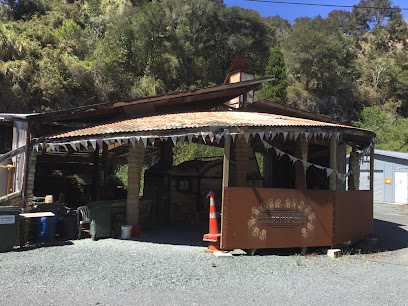
Botanica Whangarei
Explore the natural beauty of Botanica Whangarei, a tranquil botanical garden showcasing diverse flora and serene landscapes in the heart of Whangarei.
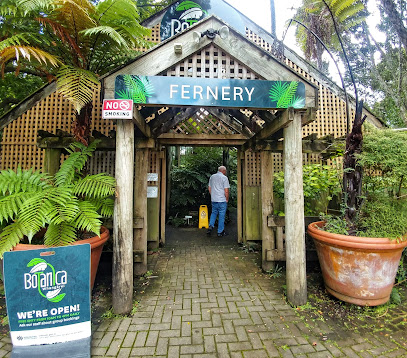
Essential places to dine
The Quay
Experience exquisite local cuisine with stunning waterfront views at The Quay in Whangārei - a must-visit culinary destination.

Jimmy Jack's Rib Shack & Craft Bar, Whangarei
Experience delicious ribs and local craft brews at Jimmy Jack's Rib Shack & Craft Bar in Whangarei - A true taste of New Zealand!
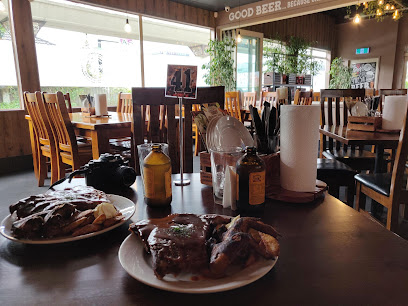
Fat Camel Cafe
Experience delightful breakfasts and aromatic coffee at Fat Camel Cafe in Whangārei - a charming spot for food lovers.

Serenity Cafe
Discover tranquility at Serenity Cafe in Whangārei—where fresh flavors meet stunning waterfront views.
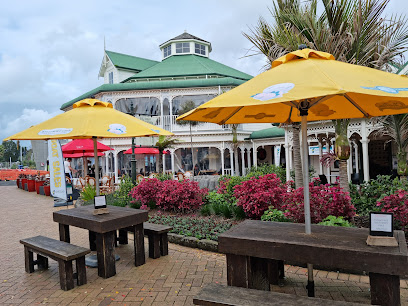
The Butter Factory
Discover delightful dining at The Butter Factory in Whangārei - where local flavors meet lively entertainment in an inviting atmosphere.
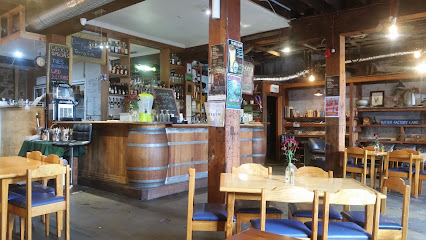
Suk Jai Thai Restaurant
Experience authentic Thai cuisine at Suk Jai Thai Restaurant in Whangārei—where every dish tells a flavorful story.
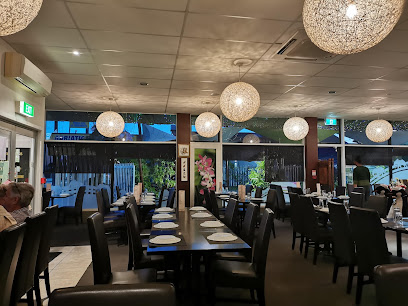
Dickens Inn
Experience the warmth of British hospitality at Dickens Inn in Whangārei – where delectable dishes meet cozy ambiance.
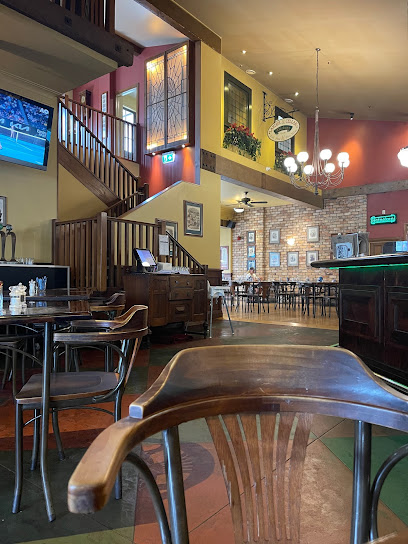
Riverside Cafe
Experience delightful breakfasts and breathtaking riverside views at Riverside Cafe in Whangārei – your perfect morning retreat.
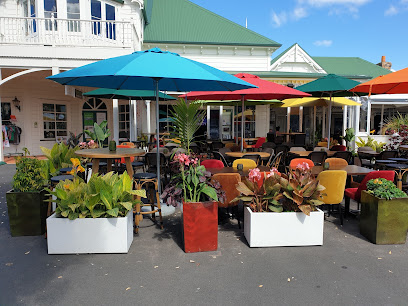
Split Bar & Restaurant
Discover the flavors of New Zealand at Split Bar & Restaurant in Whangārei—where great food meets live music and vibrant nightlife.
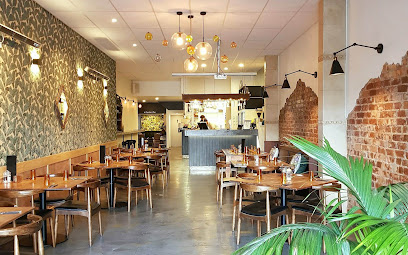
Lone Star Whangarei
Experience authentic New Zealand cuisine at Lone Star Whangarei, where flavor meets hospitality in a vibrant setting.
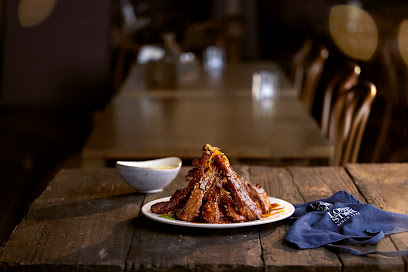
Mean's Vietnamese Cafe
Discover the taste of Vietnam at Mean's Vietnamese Cafe in Whangārei – a perfect blend of authenticity and flavor awaits you.

BurgerFuel Whangarei
Experience gourmet burgers in Whangarei at BurgerFuel - where flavor meets fun in every bite.

Turkuaz Cafe
Savor authentic Turkish delights at Turkuaz Cafe in Whangārei - where flavorful dishes meet friendly service.
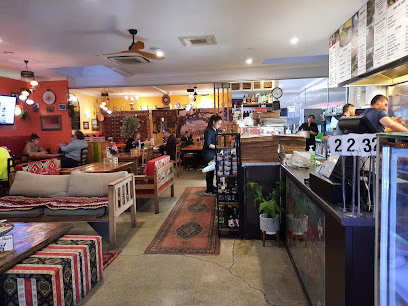
No.8
Discover the essence of New Zealand cuisine at No.8, where each dish is a celebration of local flavors and stunning waterfront views.
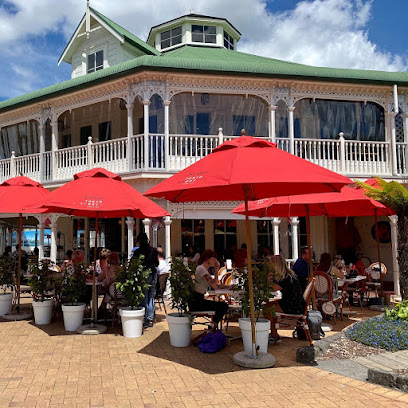
Springs Flat Roadhouse
Discover Springs Flat Roadhouse: A delightful dining experience featuring local flavors and cozy ambiance in scenic Te Kamo near Whangārei.
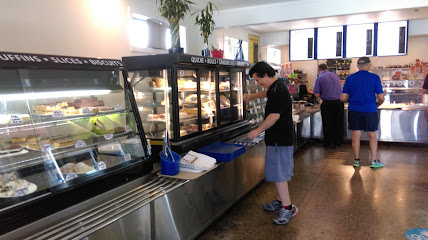
Markets, malls and hidden boutiques
Kmart Whangarei
Shop smart at Kmart Whangarei, where affordability meets variety in a family-friendly environment.
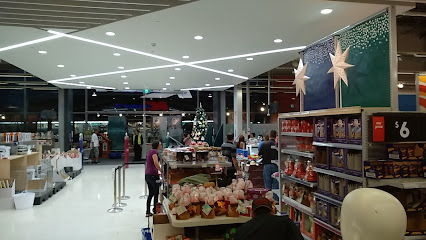
Arthurs Emporium
Explore Arthur's Emporium in Whangārei for a unique shopping experience filled with vintage finds and local treasures.

The Warehouse Whangarei
Explore The Warehouse Whangarei, your ultimate shopping destination for clothing, home goods, toys, and more, all at affordable prices.
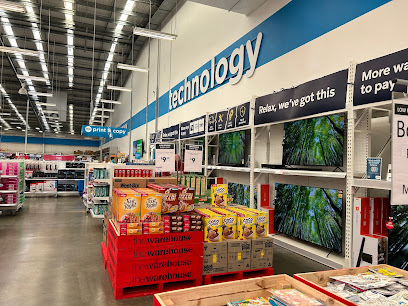
Farmers Whangarei
Explore Farmers Whangarei for an unmatched shopping experience with quality products, exceptional service, and a welcoming atmosphere.

The Strand Shopping Centre
Discover the vibrant retail and dining experience at The Strand Shopping Centre in Whangārei, where shopping meets local culture.
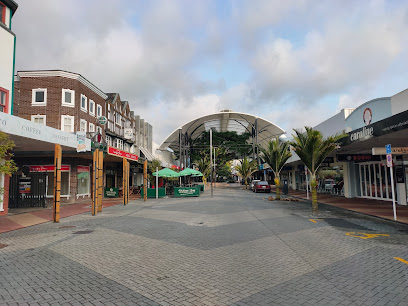
Postie Whangarei
Discover Postie Whangarei for stylish and affordable clothing options for the whole family in the heart of Okara Shopping Centre.
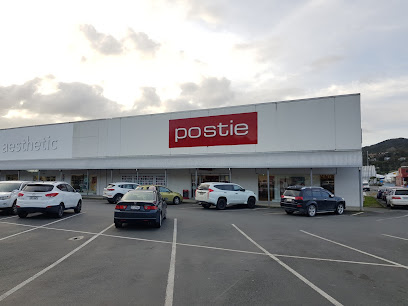
Kathmandu Whangarei
Discover Kathmandu Whangarei: Your ultimate destination for outdoor clothing and gear in New Zealand, perfect for all adventurers and families.
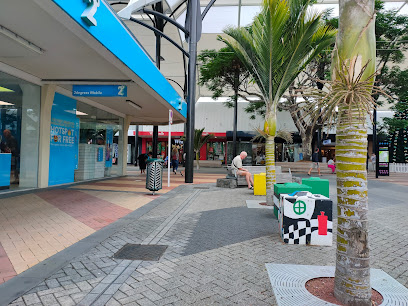
Himalayan Trading Post
Discover unique treasures at Himalayan Trading Post, a vibrant variety store in Whangārei offering clothing, jewelry, and home goods with a charitable twist.
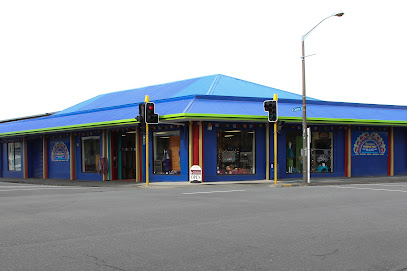
Gifts on Rathbone
Discover unique Kiwi gifts at Gifts on Rathbone in Whangārei – the perfect spot for souvenirs and local crafts.
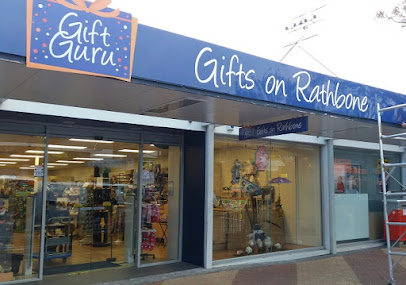
Rainbows Relics
Explore Rainbows Relics, the ultimate antique store in Whangārei, where history meets unique treasures and charming stories await every visitor.
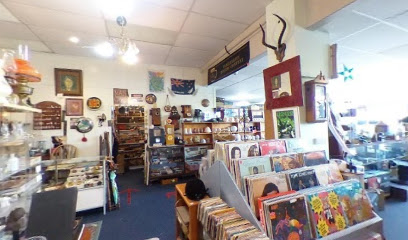
Glassons
Explore the latest women's fashion at Glassons in Whangārei, where style meets affordability in a vibrant shopping experience.
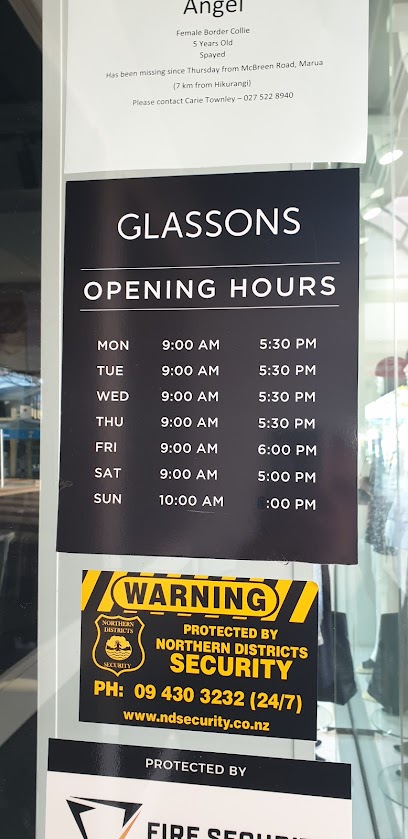
Cotton On
Explore Cotton On in Whangārei for trendy clothing, stylish accessories, and unique gifts that celebrate local charm.
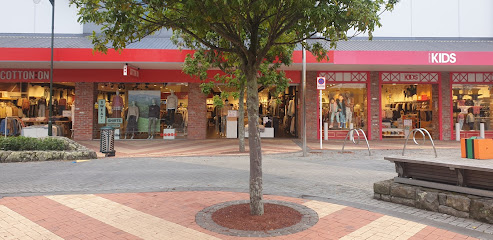
World Of Decor
Explore a delightful mix of Feng Shui treasures, unique gifts, and stunning home decor at World of Decor in Whangārei, New Zealand.

Gathered | Lifestyle Boutique
Explore Gathered in Whangārei for unique home goods and locally crafted treasures that embody New Zealand's vibrant culture.
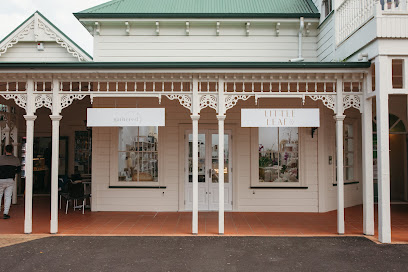
Pagani - Whangarei
Discover the latest women’s fashion trends at Pagani, Whangarei's premier clothing store for stylish apparel and accessories.
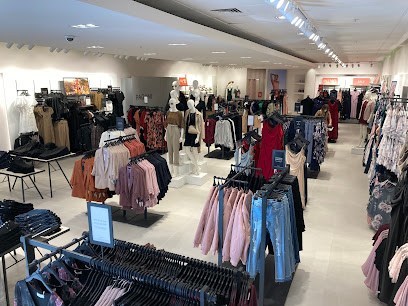
Essential bars & hidden hideouts
Jimmy Jack's Rib Shack & Craft Bar, Whangarei
Discover the ultimate rib experience at Jimmy Jack's Rib Shack & Craft Bar in Whangarei, where delicious flavors and craft beers await!
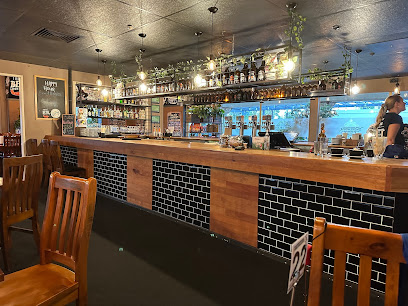
The Butter Factory
Experience vibrant dining and live music at The Butter Factory, Whangārei's unique bistro and bar that celebrates local culture and flavors.
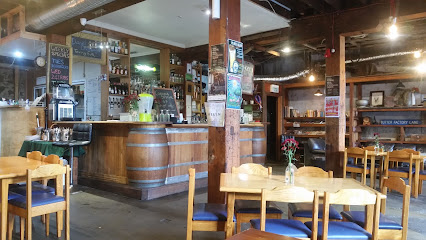
Dickens Inn
Discover Dickens Inn in Whangārei - a perfect blend of English cuisine and a cozy bar atmosphere for memorable dining experiences.
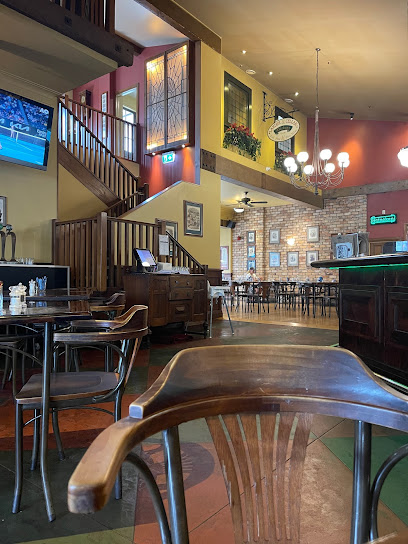
Split Bar & Restaurant
Discover the heart of Whangārei at Split Bar & Restaurant—where local flavors meet live music in a warm, inviting atmosphere.
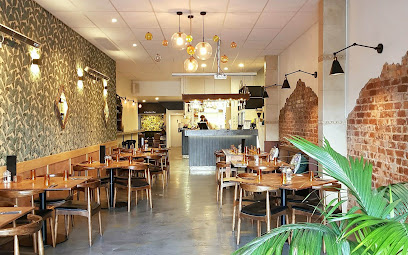
Kensington Tavern
Discover Kensington Tavern in Whangārei, where local flavors and a warm atmosphere come together for an unforgettable pub experience.
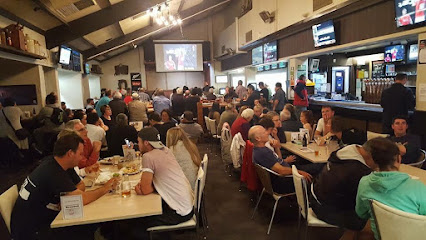
Frings Bar and Eatery
Discover the taste of Whangārei at Frings Bar and Eatery, where delicious grills and vibrant ambiance come together for an unforgettable dining experience.
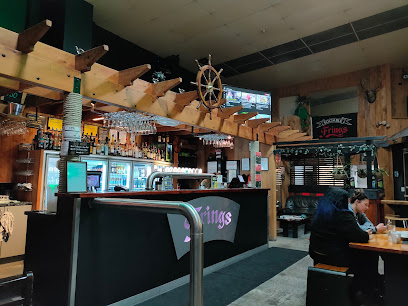
Pure Bar & Grill
Experience the best of Whangārei at Pure Bar & Grill, where delicious food, refreshing drinks, and a lively atmosphere come together for an unforgettable night out.
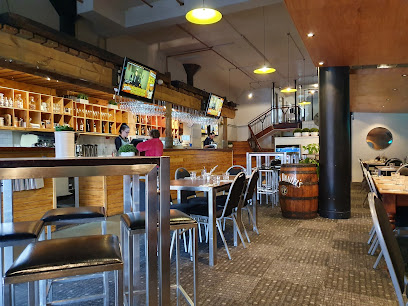
Loco
Experience the vibrant atmosphere and delightful beverages at Loco bar in Whangārei, New Zealand's hidden gem for nightlife.
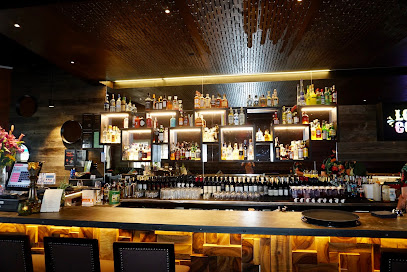
Astroboy NZ
Discover the vibrant atmosphere and unique cocktails at Astroboy NZ in Whangārei, a must-visit bar and restaurant for every traveler.
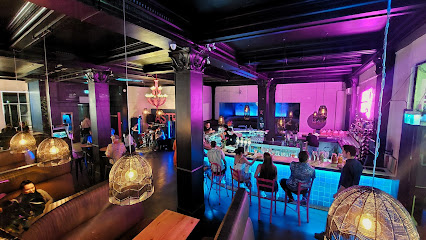
Jovial Judge Tavern
Experience the warm ambiance and delightful drinks at Jovial Judge Tavern, Whangārei's favorite bar for locals and tourists alike.
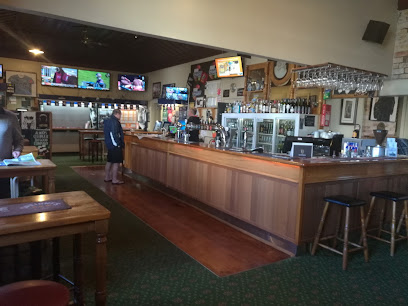
Judge - House Of Ale
Experience the best of Whangārei's pub culture at Judge - House of Ale, featuring local craft beers and a warm, inviting atmosphere.
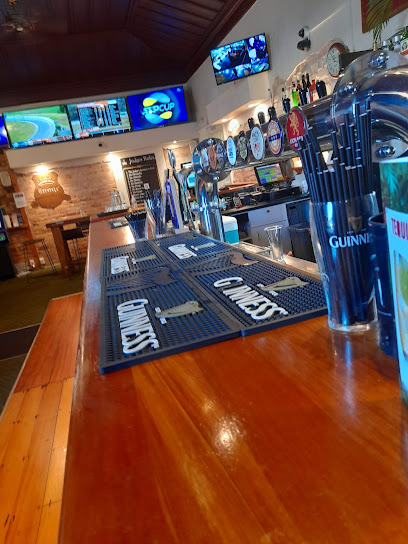
The Coalminers Daughter Bar & Grill
Discover the cozy ambiance and delightful cuisine at The Coalminers Daughter Bar & Grill in Te Kamo, a perfect spot for relaxation and enjoyment.
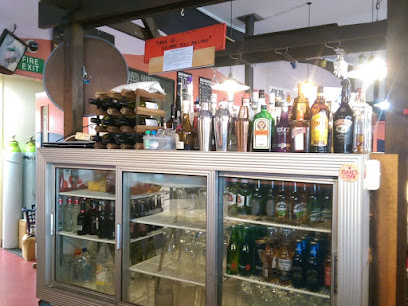
Roost Restaurant & Bar
Experience the culinary delights and lively entertainment at Roost Restaurant & Bar in Whangārei, where flavor meets fun.
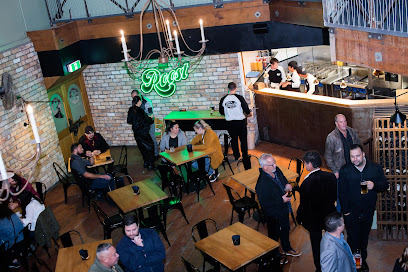
Onerahi Tavern
Discover Onerahi Tavern, a vibrant bar in Whangārei offering a warm atmosphere, delicious food, and a wide selection of beverages.
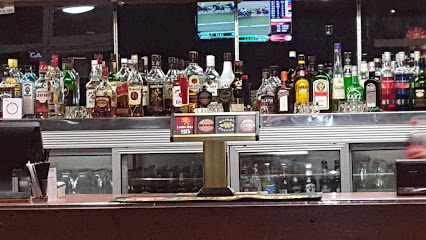
Triple Crown Sports Bar
Experience the ultimate sports viewing and mouthwatering burgers at Triple Crown Sports Bar in Whangārei, where every game is a celebration.
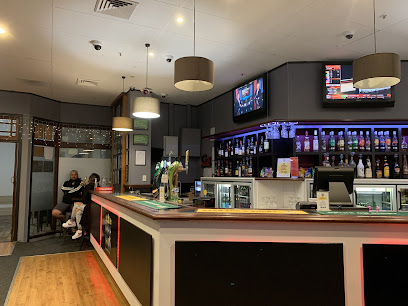
Local Phrases
-
- HelloKia ora
[kee-ah oh-rah] - GoodbyeHaere rā
[high-ree rah] - YesĀe
[eye] - NoKāo
[ka-oh] - Please/You're welcomeWhakawhetai
[fah-kah-fay-tie] - Thank youKia ora
[kee-ah oh-rah] - Excuse me/SorryWhakarongo mai
[fah-kah-roh-ngoh my] - How are you?Kei te pēhea koe?
[kay teh pay-hay-ah koh-eh] - Fine. And you?Kei te pai. Ā, koe?
[kay teh pie. eye, koh-eh?] - Do you speak English?Kōrero koe i te reo Pākehā?
[koh-reh-roh koh-eh ee teh reh-oh pah-keh-hah?] - I don't understandKāore au i te whakamārama
[ka-oh-reh oh ee teh fah-kah-mah-rah-mah]
- HelloKia ora
-
- I'd like to see the menu, pleaseMe āta titiro i te whaimenemene, tēnā
[meh aah-tah tee-tee-roh ee teh fah-ee-men-eh-men-eh, teh-nah] - I don't eat meatKāore au e kai mīti
[ka-oh-reh oh eh kai mee-tee] - Cheers!Ārahi!
[eye-rah-hee] - I would like to pay, pleaseMe te utu, tēnā
[meh teh oo-too, teh-nah]
- I'd like to see the menu, pleaseMe āta titiro i te whaimenemene, tēnā
-
- Help!Āwhina!
[eye-fee-nah] - Go away!Haere atu!
[high-ree ah-too] - Call the Police!Karanga atu ki te Pirihimana!
[kah-rah-ngah ah-too kee teh pee-ree-hee-mah-nah] - Call a doctor!Karanga atu ki te rata!
[kah-rah-ngah ah-too kee teh rah-tah] - I'm lostI wareware ahau
[ee wah-reh-wah-reh ah-how] - I'm illMāuiui ahau
[mah-oo-ee-oo-ee ah-how]
- Help!Āwhina!
-
- I'd like to buy...Me hoko i...
[meh hoh-koh ee] - I'm just lookingKei te titiro ahau
[kay teh tee-tee-roh ah-how] - How much is it?E hia te utu?
[eh hee-ah teh oo-too] - That's too expensiveHe nui rawa te utu
[heh noo-ee rah-wah teh oo-too] - Can you lower the price?Ka taea e koe te whakaiti i te utu?
[kah teh-ah eh koh-eh teh fah-kah-ee-tee ee teh oo-too]
- I'd like to buy...Me hoko i...
-
- What time is it?He aha te wā?
[heh ah-hah teh wah] - It's one o'clockKotahi te hāora
[koh-tah-hee teh hah-oh-rah] - Half past (10)Tekau ma rima
[teh-kah-oo mah ree-mah] - MorningAta
[ah-tah] - AfternoonAhiahi
[ah-hee-ah-hee] - EveningPō
[poh] - YesterdayTēnei rā
[teh-neh-ee rah] - TodayAke nei
[ah-keh neh-ee] - TomorrowĀpōpō
[eye-poh-poh] - 1Tahi
[tah-hee] - 2Rua
[roo-ah] - 3Toru
[toh-roo] - 4Whā
[fah] - 5Rima
[ree-mah] - 6Ono
[oh-noh] - 7Whitu
[fee-too] - 8Waru
[wah-roo] - 9Iwa
[ee-wah] - 10Tekau
[teh-kah-oo]
- What time is it?He aha te wā?
-
- Where's a/the...?Kei hea te...?
[kay heh-ah teh] - What's the address?He aha te wāhi?
[heh ah-hah teh wah-hee] - Can you show me (on the map)?Ka taea e koe te whakaatu i ahau (i te mahere)?
[kah teh-ah eh koh-eh teh fah-kah-ah-too ee ah-how (ee teh mah-heh-reh)] - When's the next (bus)?Āhea te mutunga o te (pahi)?
[eye-heh teh moo-toong-ah oh teh pah-hee] - A ticket (to ....)He tiki (ki ...)
[heh tee-kee kee]
- Where's a/the...?Kei hea te...?
History of Whangarei
-
Whangarei, nestled in the northern reaches of New Zealand's North Island, has long been a significant site for the Maori people. The area was originally settled by the Ngati Wai and Ngapuhi tribes. The name 'Whangarei' is derived from the Maori language, meaning 'whanga' (harbour) and 'rei' (cherished or valuable), reflecting the area's importance as a harbour and trading post.
-
The first recorded European to sight Whangarei Harbour was Captain James Cook in 1769. His arrival marked the beginning of increased European interest in the region. During the early 19th century, European traders and missionaries began to establish a presence, fostering trade with the local Maori and introducing new goods and ideas.
-
The early 19th century was a turbulent period for Whangarei as it was caught up in the Musket Wars, a series of conflicts amongst Maori tribes facilitated by the introduction of muskets by European traders. The Ngapuhi tribe, armed with these new weapons, launched raids on neighbouring tribes, significantly altering the social and political landscape of the region.
-
Whangarei began to develop as a European settlement in the mid-19th century. The establishment of the town in 1840 and subsequent land purchases from the Maori led to the growth of agriculture and timber industries. The town's strategic location made it a vital port for exporting goods, particularly kauri gum, timber, and coal.
-
In 1863, the Whangarei Heads Lighthouse was constructed to guide ships safely into the harbour. This lighthouse, perched on the dramatic headlands, became an iconic symbol of the region's maritime history. It played a crucial role in ensuring the safe passage of vessels navigating the treacherous coast and contributed to the growth of Whangarei as a busy port town.
-
The late 19th and early 20th centuries saw Whangarei transform into an industrial hub. The establishment of the Portland Cement Works in 1916 marked a significant milestone, producing cement that would be used throughout New Zealand. Additionally, the development of the oil refinery at Marsden Point in the 1960s further cemented Whangarei's importance in the country's industrial landscape.
-
In recent decades, Whangarei has experienced a cultural renaissance, with a renewed emphasis on celebrating its Maori heritage and artistic community. The development of the Hihiaua Cultural Centre and the Hundertwasser Art Centre are testament to this, providing spaces for cultural expression and education. These initiatives have enriched Whangarei's cultural landscape, making it a vibrant and dynamic place to visit.
Whangarei Essentials
-
Whangarei is located in the Northland region of New Zealand's North Island. The nearest international airport is Auckland Airport, approximately 160 kilometers south of Whangarei. From Auckland, you can take a domestic flight to Whangarei Airport, which is about a 30-minute flight. Alternatively, you can drive from Auckland to Whangarei, which takes around 2 hours via State Highway 1. Bus services are also available from Auckland to Whangarei, providing a scenic route through the Northland countryside.
-
Whangarei is a relatively small city, and many attractions are within walking distance. For longer trips, local taxis and rideshare services are readily available. Whangarei also has a public bus network that connects various parts of the city and surrounding areas. If you prefer to explore at your own pace, renting a car is a convenient option, with several rental agencies available both at the airport and in the city.
-
The official currency in New Zealand is the New Zealand Dollar (NZD). Credit cards are widely accepted in hotels, restaurants, and shops. ATMs are plentiful throughout Whangarei, so you can easily withdraw cash if needed. It is advisable to carry some cash for small purchases, especially in rural areas or local markets.
-
Whangarei is generally a safe city for tourists. However, like any travel destination, it is important to take standard precautions. Avoid leaving valuables in plain sight and be cautious when walking alone at night, particularly in less populated areas. While Whangarei does not have specific high-crime areas targeting tourists, staying vigilant and aware of your surroundings is always a good practice.
-
In case of an emergency, dial 111 for immediate assistance from police, fire, or medical services. Whangarei Hospital provides comprehensive medical care and is equipped to handle emergencies. Pharmacies are available throughout the city for minor health issues or over-the-counter medications. It is recommended to have travel insurance that covers medical emergencies.
-
Fashion: Do dress comfortably and appropriately for the weather, which can be variable. Casual attire is generally acceptable, but consider more formal wear for upscale restaurants or events. Religion: Do respect local customs and traditions. While New Zealand is largely secular, there are various religious communities, so being respectful is important. Public Transport: Do be courteous and give up your seat for elderly passengers or those with disabilities. Don't eat or drink on public buses. Greetings: Do greet people with a friendly 'Kia ora' (hello). A handshake is also common when meeting someone for the first time. Eating & Drinking: Do try local delicacies and seafood, which Whangarei is known for. Don't refuse hospitality or food offerings, as it is considered impolite.
-
To experience Whangarei like a local, visit the Saturday Growers Market, where you can buy fresh produce and artisanal goods. Engage with locals, who are often friendly and willing to share stories about the area's history and culture. Don't miss the Whangarei Falls or the Hatea Loop Walkway for scenic views and a taste of local nature. For a unique experience, visit the Claphams National Clock Museum or the Quarry Arts Centre.
Trending Landmark in Whangarei
-
Whangarei Falls
-
Whangarei Quarry Gardens
-
Whangarei isite Visitor Information Centre
-
Arthurs Emporium
-
The Butter Factory
-
Whangarei Marina
-
Mair Park
-
Kiwi North: Museum, Kiwi House and Heritage Park
-
Hundertwasser Art Centre with Wairau Māori Art Gallery
-
A. H. Reed Memorial Kauri Park
-
Tarewa Park
-
Claphams National Clock Museum
-
Mount Parihaka Lookout and Memorial
-
Aqua Restaurant and Bar (In the Hundertwasser Art Centre)
-
Mander Park
Nearby Cities to Whangarei
-
Things To Do in Paihia
-
Things To Do in Auckland
-
Things To Do in Hamilton
-
Things To Do in Tauranga
-
Things To Do in Rotorua
-
Things To Do in Taupo
-
Things To Do in New Plymouth
-
Things To Do in Gisborne
-
Things To Do in Whanganui
-
Things To Do in Napier
-
Things To Do in Palmerston North
-
Things To Do in Masterton
-
Things To Do in Wellington
-
Things To Do in Nelson
-
Things To Do in Blenheim













